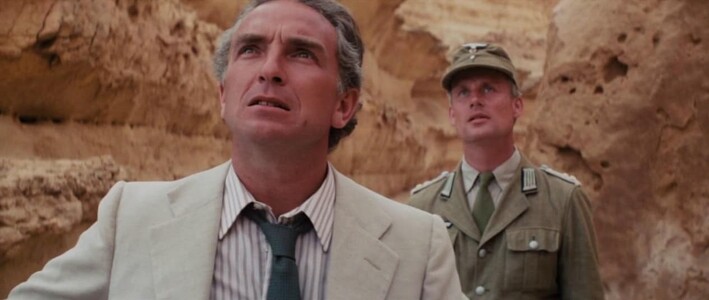In our modern age, we find ourselves navigating a city of information. Its streets are a chaotic tangle of breaking news, official narratives, viral videos, and whispered rumors. To help us find our way, a new kind of guide has emerged: the independent journalist. Armed with the tools of the internet, these digital cartographers work to map the hidden alleyways of power, seeking to expose the inconsistencies and corruption that official maps often omit.
This work is vital. A healthy society requires skeptical minds to question the pronouncements of the powerful. The danger arises, however, when the mapmaker, overwhelmed by the sheer scale of the world's complexity and suffering, seeks a single, unifying theory to explain it all. The temptation to draw lines between every disparate event, to connect every misfortune into a single, overarching conspiracy, is immense. Such a map is beautiful in its terrible logic. It provides a sense of order in the chaos, and a feeling of intellectual certainty in a world of doubt.
The following parable, "The Cartographer," is an exploration of this powerful human archetype. It is the story of a brilliant mind that, in his noble quest to make sense of a broken world, builds a magnificent and inescapable prison for himself. It serves as a timeless reminder that the line between seeking truth and crafting a narrative can be perilously thin, and that sometimes the most profound wisdom lies not in some grand, all-encompassing map, but in knowing the simple way to the gardens.
The Cartographer
In a city of winding and illogical streets, there lived a man named Elias, who was known as the finest cartographer of his age. The city was a place of chaos; its roads had been laid without a plan, and its fortunes rose and fell with the randomness of the wind. A citizen could be rich one day and ruined the next by a sudden market crash, a freak accident, or a change in a local lord's mood.
This randomness was a source of deep and constant pain for Elias. His brilliant mind could not accept a world without a blueprint. He saw the suffering of the people around him and believed that such chaos could not be accidental. It had to be by design.
And so, he dedicated his life to creating the one true map of the city. This was not a map of mere streets and alleys, but a map of causes. He spent his days in a high tower, observing the city's patterns. He recorded every misfortune, every political shift, every seemingly random event. He filled vast libraries with his notes, his intellect weaving together the disparate threads of the city's life.
After years of tireless work, he had a revelation. The chaos was not chaos at all. It was a complex, perfectly engineered system. He saw that all the misfortunes, all the suffering, all the political betrayals, were connected. They were the work of a secret cabal he called the "Hidden Architects," a group that had designed the city to be a prison of confusion and despair to keep the populace weak and themselves in power.
His map became a masterpiece of intricate, interlocking conspiracies. It was beautiful in its terrible symmetry. It explained everything. Every fire, every famine, every forgotten promise was a data point that proved his theory. And in knowing this, Elias found a strange peace. The world was no longer a terrifyingly random place. It was a terrifyingly ordered place, and he was the only one who held the key to its design. His powerlessness was transformed into intellectual superiority. He was no longer a victim of the chaos; he was its sole interpreter.
One day, a young woman, a traveler, came to his tower. "Great Cartographer," she said, "I am lost. I simply wish to get from the Weaver's Market to the Sunken Gardens. Can you show me the way?"
Elias smiled, a sad, knowing smile. He unrolled his magnificent, all-encompassing map. "To understand the path," he began, "you must first understand the forces that shape it. You see, the road to the gardens is intentionally obscured by the Architects to depress the weavers' trade..." He spent an hour explaining the intricate political and economic machinations that governed that single street, showing her the undeniable proof of the Architects' malevolent design.
The traveler listened patiently. When he was finished, she looked at the map, a beautiful but incomprehensible web of lines and annotations. She could not find her path. "Thank you, sir," she said quietly. "That is a great and terrible story."
She left his tower and walked to the corner, where an old woman was selling fruit. "Excuse me," the traveler asked, "how does one get to the Sunken Gardens?"
The old woman smiled. "Oh, it's easy, dear," she said. "You just take this street to the end, turn left at the crooked fountain, and you're there."
The traveler reached the gardens in ten minutes.
From his high tower, Elias watched her go. He pulled out a fresh sheet of parchment and made a new entry on his map, noting how the Architects had placed a simple fruit vendor on the corner to provide a deceptive, easy answer, lulling the populace into ignoring the terrifying, magnificent truth. And in his tower, surrounded by the perfect logic of his creation, he felt the profound and unshakable loneliness of the only man who knew.

